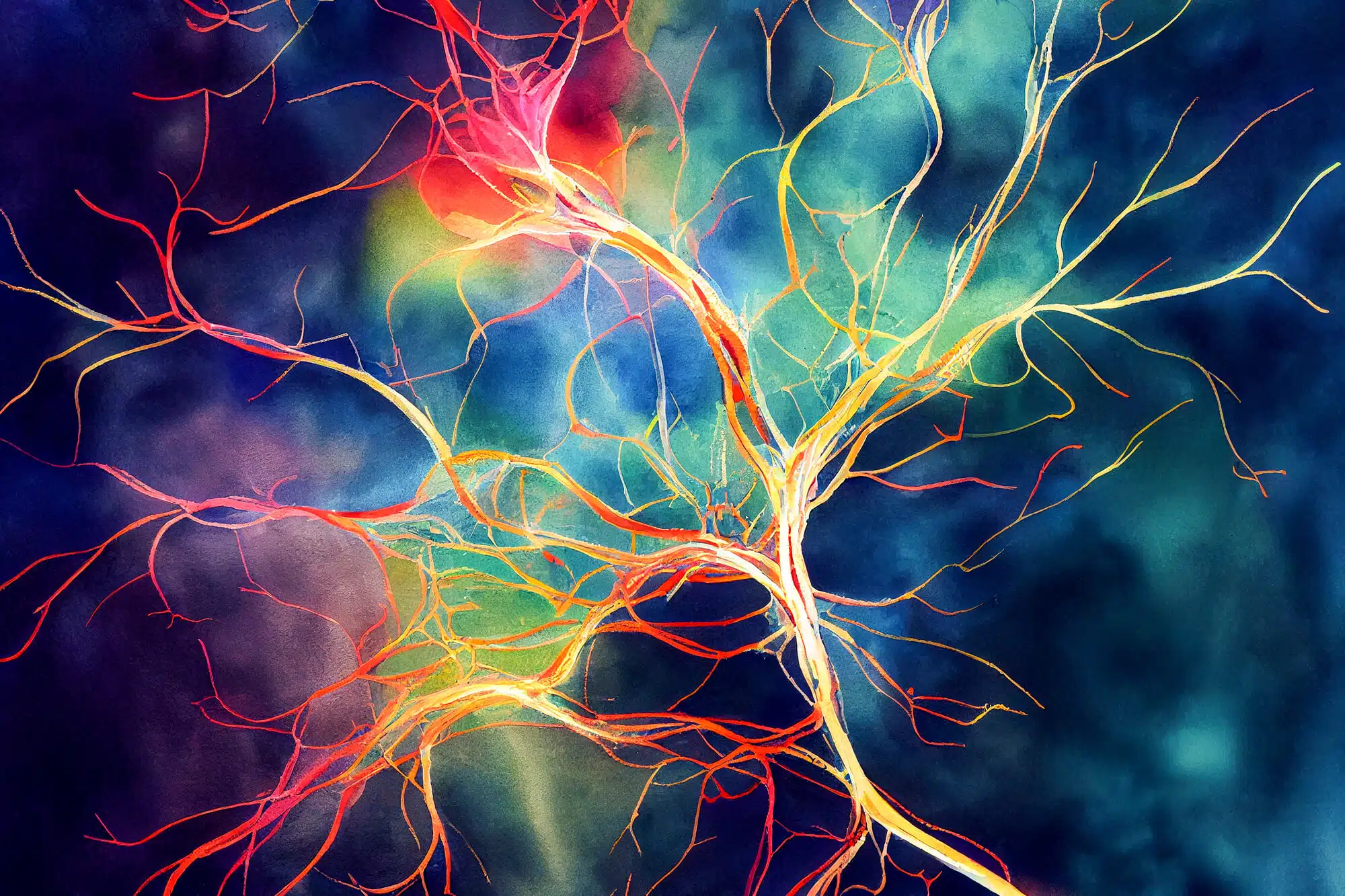Neurons of children with genetic autism develop in an accelerated way, even in the embryonic stage - which causes them to rapidly deteriorate and become of low connectivity ability

A new study conducted at the university and published in the prestigious journal Translational Psychiatry from Nature, found that among children with autism, which originates from a genetic mutation, there is an accelerated development of cortical neurons, even in the embryonic stage, and then there is a rapid deterioration of the neurons, which was manifested, among other things, in low connectivity. The study found the recurrence of the phenomenon in children with autism originating from four different types of genetic mutations. "Neurons that develop at a normal rate know how to develop appropriate defenses for the very complex activity they perform, among other things for the entry of ions and neurotransmitters, which may be toxic. According to the findings of our research, it is quite possible that the accelerated development of the neurons is also the one that causes the deterioration, which may affect the development of autism," said Dr. Shani Stern from the Sagol Department of Neurobiology at the university, the author of the study.
About 85% of the cases of autism are called random (sporadic), when no genetic cause is found and there are no other cases of autism in the family. 15% of the other cases are caused by mutations in various genes. The research in cases caused by gene mutations is often based on mice as a model animal, when the research begins after their birth, and the neurons in the brain have already gone through several stages of development. Dr. Stern's research works through an innovative technological method of reprogramming adult cells of a specific person, turning them into induced stem cells, which can then be sorted (transformed) into another type of cells - in the case of the current study, neurons. That is, the neurons that were created carried the specific genetic load of the person from whom they were taken and they could be tracked from the "birth" stage.
In the current study, Dr. Stern and the research team, which included research students Yara Hussein and Utkaresh Tripathi from the Purple Department of Neurobiology at the university, in collaboration with Prof. Ronan Spiegel and Dr. Tali Shkolnik from the Center for Rare Diseases at the Emek Hospital, asked to compare the development of cortical neurons (of the cerebral cortex) of children with autism, which was caused by gene mutations, to the development of neurons of their brothers, who do not have autism - who actually constituted the control group. The children with autism who participated in the study had mutations in the following genes: , SHANK3, GRIN2B, UBTF and an abnormal number of segments on chromosome 7q11.23 and the choice of cortical neurons was due to the fact that some of the changes in the brain of children with autism are known to be related to changes in the cerebral cortex.
The results of the study revealed that among all children with autism, regardless of the genetic mutation, there was an accelerated development of the cortical neurons, already at the stage corresponding to the embryonic stage and in the first months of life. So already at this early stage, the neurons were considered "mature": they produced action potentials, they had large and strong currents, and they even began to produce active neuronal networks. Among the control group, which has normal development, the neurons did not generate action potentials, the electric currents were very small and they did not generate neuronal networks at all.
However, at the stage when the cortical neurons of the children without autism reached the stage where they began to produce action potentials and networks, the cortical neurons of the children with autism had already begun to deteriorate, as manifested, among other things, by low connectivity. That is, the cortical neurons of children with autism developed quickly and then deteriorated quickly.
According to Dr. Stern, it is possible that the early development of the neurons is what led to the deterioration. "Cortical neurons perform very complicated and complex operations, which can damage them, such as the entry of ions and neurotransmitters that may be toxic to them. Therefore, in normal development they develop defense mechanisms, in the early stages when they are not yet active. It is quite possible that the accelerated development caused them to start acting while they were still without the defense mechanisms, which of course could harm them. We are currently working in the laboratory on finding compounds and drugs that will slow down this rapid development in order to create protection for those neurons," said Dr. Stern.
More of the topic in Hayadan:
- Autism: a curable condition?
- Scientists used flashes of light and were able to regulate the strength of communication between brain regions far apart from each other
- Teach the computer to see like a human eye
- Accelerated development of neurons even in the embryonic stage can be the one that affects the development of autism
- "The deep neural networks will be in the 21st century what electricity was in the 20th century"

One response
The topic is interesting.
His presentation (the article itself) is not scientific. Not professional.
It seems that the writer does not understand the subject in depth, or has difficulty explaining.
It is written in a confused way.